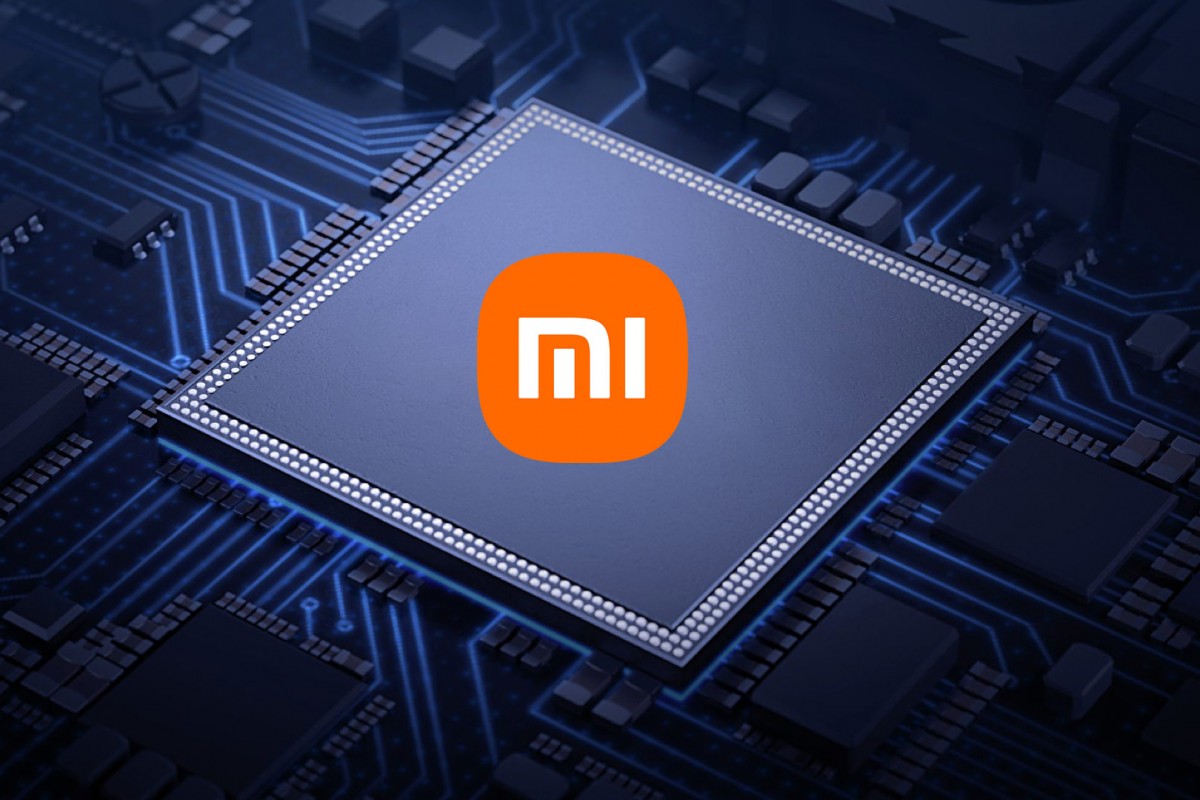Xiaomi Set to Launch Its First In-House 5G Chipset for Smartphones Next Year

Xiaomi’s In-House 5G Chipset Expected to Rival Snapdragon 8 Gen 1 Performance
Xiaomi, a leading Chinese tech company, is reportedly working on its first in-house 5G chipset for smartphones. This move is part of the company’s effort to reduce its reliance on third-party chipmakers and establish itself as a major player in mobile hardware development. According to a recent leak, the chipset is expected to debut in the first half of 2025. While Xiaomi has not made an official announcement, rumors suggest that the chipset will be developed in partnership with Unisoc, a prominent semiconductor manufacturer. Unisoc is also said to be supplying the 5G modems for Xiaomi’s new System-on-Chip (SoC).
Details of the Upcoming Xiaomi Chipset
The leak, shared by tech tipster Yogesh Brar, sheds light on the technical aspects of Xiaomi’s upcoming chipset. Brar revealed that the SoC will be built using TSMC’s N4P process technology, which is a refined version of the 5nm node. This advanced fabrication process should provide a balance between power efficiency and performance, making it a competitive choice for Xiaomi’s first venture into proprietary chip development. The partnership with Unisoc is crucial, as it will provide Xiaomi with the necessary 5G modems to complement the SoC.
Performance Expectations
Early rumors suggest that Xiaomi’s homegrown 5G chipset will deliver performance comparable to Qualcomm’s Snapdragon 8 Gen 1 SoC. The Snapdragon 8 Gen 1 has been a staple in flagship devices like the Samsung Galaxy S22 and Xiaomi 12 Pro, known for its excellent performance and 5G capabilities. If Xiaomi’s chipset can match this level of performance, it could significantly boost the company’s competitiveness in the mobile chipset market. However, it remains to be seen whether Xiaomi will use this chipset in its flagship devices or reserve it for more mid-range smartphones.
Strategic Impact
Xiaomi’s development of a proprietary 5G chipset signals a broader strategy aimed at reducing dependency on external suppliers like Qualcomm and MediaTek. By designing its own SoC, Xiaomi can gain greater control over its supply chain, optimize its hardware and software integration, and potentially lower production costs. This move mirrors similar initiatives from other smartphone giants like Apple and Samsung, which have long developed their own processors to maintain competitive advantages in the market.
Midrange or Flagship Use?
One of the big questions surrounding Xiaomi’s new 5G chipset is whether it will be used in flagship or midrange smartphones. Given the performance capabilities suggested in the leaks, the SoC could easily power a flagship device. However, it’s also possible that Xiaomi might initially target its midrange lineup to test the chipset’s real-world performance before using it in higher-end models. This would allow Xiaomi to fine-tune the chipset for future flagship releases, reducing the risk of any performance or reliability issues.
Challenges and Opportunities
Entering the highly competitive world of smartphone chipsets comes with its challenges. Xiaomi will need to optimize its new chipset for performance, power efficiency, and heat management to meet industry standards. The success of this initiative will depend on how well Xiaomi can integrate the chipset into its broader ecosystem of devices, including smartphones, wearables, and smart home products. If successful, the move could give Xiaomi a significant competitive edge, both in terms of innovation and cost efficiency.
In summary, Xiaomi’s upcoming 5G chipset marks an exciting chapter in the company’s evolution as a tech innovator. While details are still sparse and rumors abound, the potential for this chipset to rival existing solutions like Qualcomm’s Snapdragon 8 Gen 1 makes it one to watch. Whether used in flagship or midrange devices, this chipset could pave the way for Xiaomi to become more self-reliant and competitive in the global smartphone market.






















